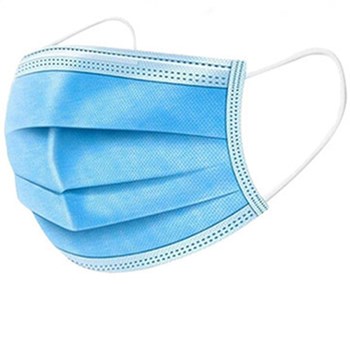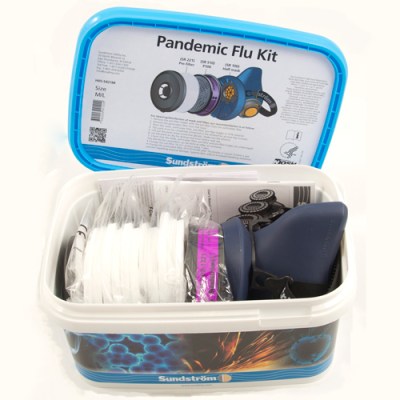
RSV and Flu in 2023
Tuesday December 12, 2023
Navigating the RSV and Flu Season of 2023
As we usher in the cold months of 2023, a familiar duo makes its annual appearance on the public health stage—the Respiratory Syncytial Virus (RSV) and the seasonal flu. Let’s explore the key aspects of the RSV and flu season of 2023, providing insights into their impact, preventive measures, and the importance of staying informed.
Understanding RSV and the Flu
Respiratory Syncytial Virus (RSV) and the seasonal flu, caused by influenza viruses, are respiratory illnesses that often share similar symptoms. Both viruses can lead to respiratory distress and are particularly dangerous for vulnerable populations, such as young children, the elderly, and individuals with underlying health conditions.
Key Characteristics of RSV
1. Target Demographics: RSV primarily affects young children and infants, causing symptoms ranging from mild cold-like symptoms to more severe respiratory issues.
2. Seasonality: RSV typically peaks in the fall and winter months, creating an additional burden on healthcare systems already dealing with the uptick in flu cases.
Key Characteristics of the Flu
1. Variability: Influenza viruses can mutate, leading to the need for updated vaccines each year to ensure effective protection.
2. Complications: The flu can result in severe complications, including pneumonia, especially in vulnerable populations.
Impact of the 2023 Season
The convergence of the RSV and flu seasons in 2023 poses a unique challenge for healthcare systems worldwide. Hospitals and medical facilities may experience increased patient admissions, straining resources and highlighting the importance of public health initiatives.
Helpful Items
Important items to have to combat seasonal illness include Face Masks, Face Shields, Gloves, and Flu Kits. For more personal protective equipment, check out our health products.




Preventive Measures
1. Hygiene Practices: Practicing good hygiene, such as regular handwashing, wearing masks, and avoiding close contact with sick individuals, can significantly reduce the risk of contracting and spreading both viruses.
2. Boosting Immunity: Maintaining a healthy lifestyle, including a balanced diet, regular exercise, and adequate sleep, can strengthen the immune system, offering additional protection against respiratory illnesses.
3. Stay Informed: Stay updated on local health guidelines and advisories. Be vigilant about symptoms and seek medical attention promptly if you or a family member show signs of illness.
As we navigate the RSV and flu season of 2023, prioritizing preventive measures and staying informed are key to safeguarding public health. Hygiene practices and a proactive approach to well-being contribute to a collective effort to mitigate the impact of these respiratory viruses. By taking these steps, we can help ensure a healthier and safer winter for ourselves and our communities.